How to test quality of seeds?
Seedling Water test:
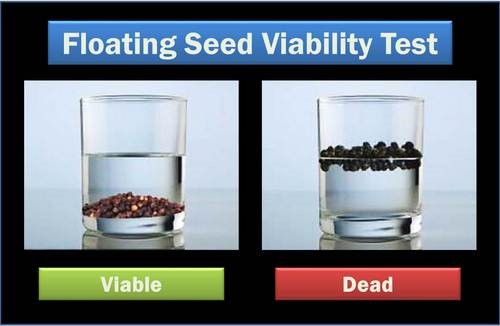
Take a bowl of water. Put your seeds in them. Observe what happens. Do the seeds sink or do they float on water?
- The seeds that sink are still viable for germination.
- The seeds that float are unfit and chances are high that they may not germinate.
Germination Test:
- Take a moist paper towel.
- Place 10 seeds in a row on the towel.
- Fold the towel and put it in a zipper plastic bag. Seal it.
- Place this packet in a warm place, away from direct sunlight.
- Check seeds once a day. Also check dampness of towel.
- In case you observe the towel becoming dry, mist it lightly.
If your seeds are of good quality, they will germinate within two weeks or even several days, depending on type of seed. It’s good to wait for 10-15 days before you conclude anything about the seeds.
After 15 days, check the germination rate of seeds. If less than 5 germinated, it is useless sowing these seeds, as your yield will be lesser. If more than 5 germinated, your seeds are viable and good for planting.
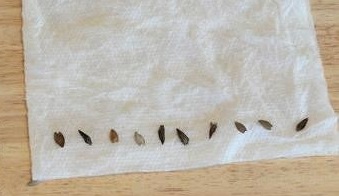
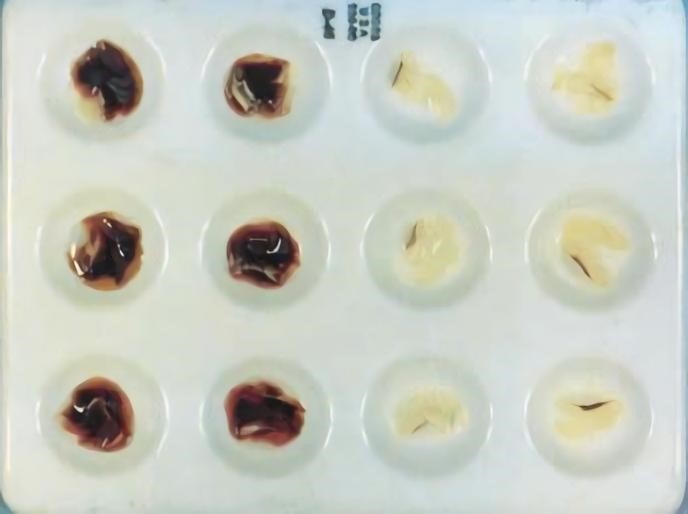
Genetic Purity
Genetic purity means trueness-to-type of the seed lot. It is important to assure the genetic identity which makes cultivars distinct. Genetic purity is best evaluated through a field trial in which the percentage of off-types in a seed lot is determined. The results of these variety trials are made available to the grower; this information is used as a tool to guide on-farm selection of the plants in the seed crop so the seed produced from that crop is true-to-type. Genetic purity evaluation can also include screening for transgene (GMO) contamination.
Physical Purity
Physical purity evaluation consists of a purity exam and a noxious weed exam. The purity exam determines the percentages by weight of pure seed, other crop seed, weed seed, and inert matter in a sample.
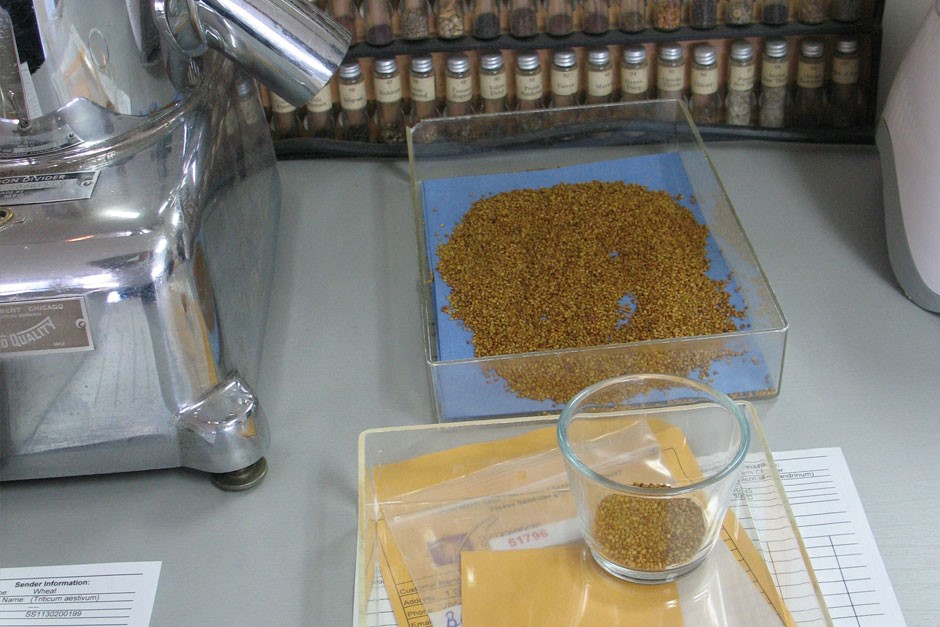
Other Seed Quality Attributes
Seed viability, vigor, and the presence/absence of seedborne pathogens or other microorganisms are among the attributes needed to make a reasonable prediction of seed performance in the field.
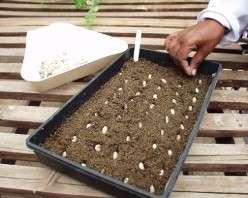
1. Viability Testing
Viability testing determines the percentage of live seeds in a sample that have the potential to produce normal seedlings under favorable germination conditions.
2. Vigor testing
Transplant the seedlings from the sowing tray using a stick to gently uproot the seedlings from the sowing tray. Transfer only one seedling per cup. Make the transferred seedling stand firmly by lightly pressing the media around its base.
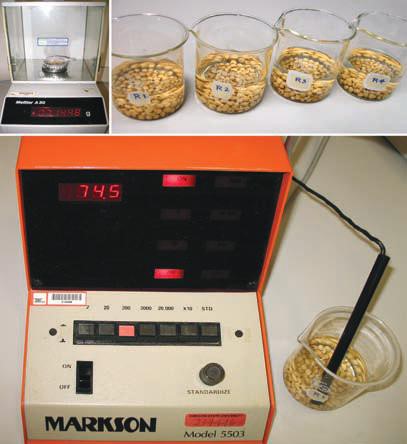

3. Seedborne diseases and saprophytic (non-pathogenic) fungi
Viability testing determines the percentage of live seeds in a sample that have the potential to produce normal seedlings under favorable germination conditions.
